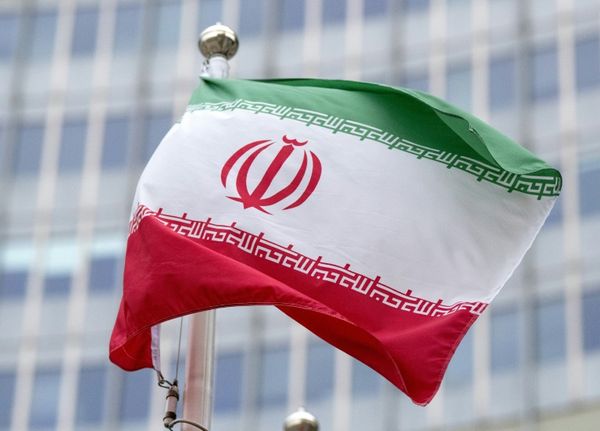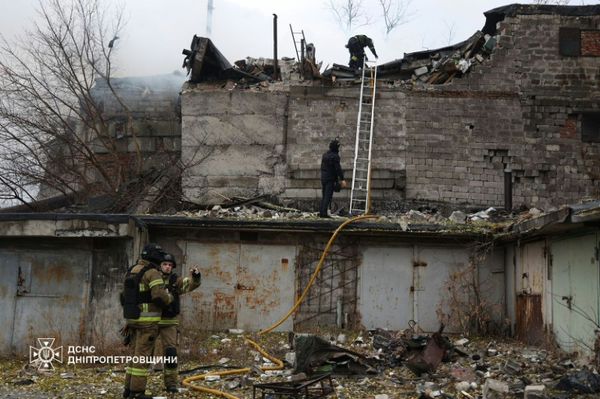Crane announced that it will divide into two companies to unlock shareholder value, continuing a trend of conglomerate breakups. Crane stock turned lower near a buy point.
After the separation, one of the new businesses will retain the name Crane Co. The other will be called Crane NXT.
The board of the Stamford, Conn.-based conglomerate unanimously approved the plan to separate into two independent, publicly traded companies. The move aims to "optimize investment and capital allocation, accelerate growth, and unlock shareholder value," Crane said in a statement Wednesday.
IBD Live: A New Tool For Daily Stock Market Analysis
After the separation, Crane Co. will include the Aerospace & Electronics and Process Flow Technologies businesses. It will continue to trade on the NYSE under its current ticker symbol, "CR." With $1.9 billion in annual sales, Crane Co. will continue to be led by Max Mitchell as president and CEO.
Crane NXT will include the faster growing Payment and Merchandising Technologies business. It will list on the NYSE under the ticker symbol "CXT." A search is underway for a chief executive for Crane NXT, which has $1.4 billion in annual sales.
The midcap company, founded 167 years ago, expects to complete the separation within roughly 12 months. It will be structured as a tax-free spinoff.
The news coincided with Crane's annual investor conference Wednesday in New York City.
Crane Stock
Shares of Crane jumped 3.6% at the open. They then turned 0.2% lower to 109.96 on the stock market today. Crane stock has been wrestling to clear a 108.77 buy point since mid-March. It is within a 5% chase zone that runs through 114.21.
Crane has a 95 Composite Rating from IBD.
Why Conglomerates Break Up
In recent years, top industrial conglomerates including General Electric and United Technologies, now Raytheon Technologies, moved to break apart into smaller companies.
These were among companies that had diversified into multiple business lines. The strategy sought to balance business portfolios, with profits from one cyclical business offsetting losses in another. However, it led to years of flatlining growth or declining profits. Shareholders and investors grew disgruntled with a bloated conglomerate structure.
A market environment that places a premium on pure plays, rather than secure, slow growth conglomerates, has helped urge many old-line players to divest and hive off slower growth businesses, in order to capitalize on faster-growing elements of the company.







